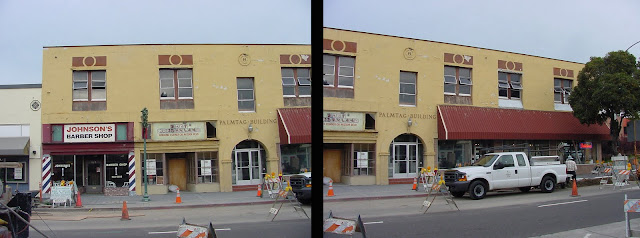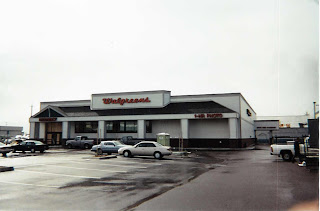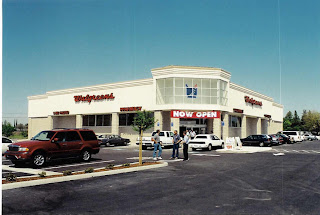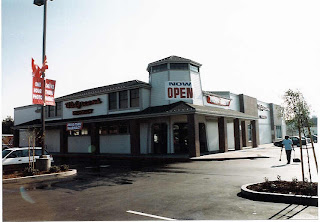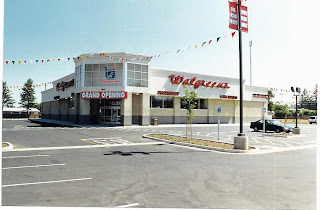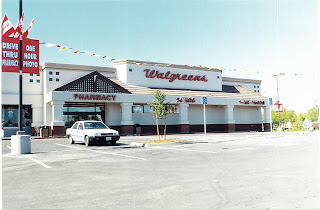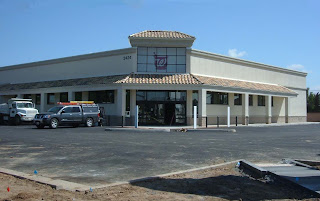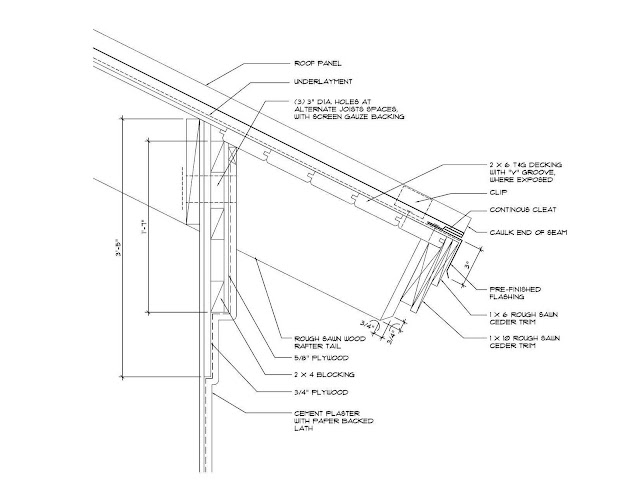I first submitted this building to the Sacramento Planning Department in January 2009 and today I was able to see the finished building.
It is scheduled to have the final inspection in about a week and Dr. Favero will begin receiving his patients after that time.
Upon entering the building, the visitor is greeted with a duplicate of the Cor-ten steel on the side wall of the stairway. Lights have been installed that have a programmable color and sequence pattern that is varied throughout the day.
At the top of the stair, looking straight-ahead, is the lobby of Dr Favero’s office.
Prior to entering the office, looking to the Left, the main building lobby looks to the North, over the street.
The reception desk is to the Right.
This detail is just to the Left of the reception desk, after you are admitted into the office.
Turning Left, this hallway leads to the dental operatories.
Each operatory has a full view to the North.
Project: Dental/Medial Office Building
2233 Park Towne Circle , Sacramento , CA 95825
Owner: Favero Family Dental, Sacramento, California
Structural Engineer: Kibler Engineering, Redding California
Contractor: Joe O. Alexander Construction Company, Loomis, California
Cost: Withheld
Project: Dental/Medial Office Building
Owner: Favero Family Dental, Sacramento, California
Structural Engineer: Kibler Engineering, Redding California
Contractor: Joe O. Alexander Construction Company, Loomis, California
Cost: Withheld


